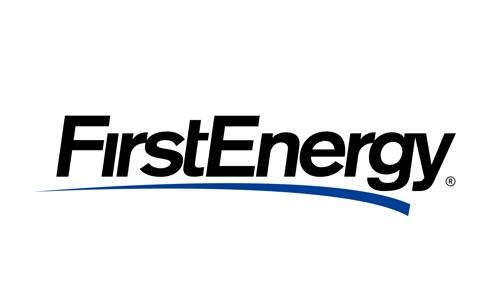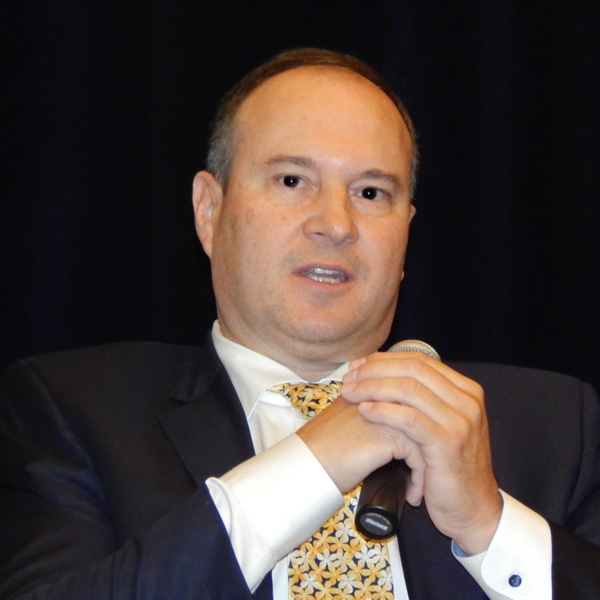By Chris O’Malley
MISO and its Market Monitor have joined Dynegy in denying allegations of improper conduct in the RTO’s Planning Resource Auction last April, which resulted in a nine-fold price increase in Zone 4.
The filings with the Federal Energy Regulatory Commission were in response to complaints in May by a consumer group and the Illinois Attorney General that Dynegy may have illegally manipulated the auction (EL15-70).
MISO’s 186-page response insists that it followed commission-accepted rules (EL15-70). It also stated that its Independent Market Monitor confirmed that the auction was in compliance “and produced the results it should have produced” despite prices in Zone 4 clearing at $150/MW-day compared with just $16.76 a year earlier.
“Those higher prices are the source of complainants’ discontent. However, MISO conducted the auction exactly as required under its Tariff, and none of the complainants provides any evidence to the contrary. Accordingly, these complaints should be dismissed with prejudice,” MISO told FERC.
MISO’s filing came a day after public service commissions, consumer watchdogs and attorneys general in Illinois, Indiana, Iowa, Michigan, Minnesota and Wisconsin asked FERC to investigate the auction, saying they share concerns that Dynegy “was able to exercise market power” in Zone 4.
“Due to Dynegy’s control of such a significant portion of the capacity available in Zone 4, the capacity market [in the zone] may no longer produce competitive market-based prices for capacity,” the group wrote.
Public Citizen and Illinois Attorney General Lisa Madigan asked FERC on May 28 to investigate whether Dynegy illegally manipulated MISO’s auction through its bidding strategy. Public Citizen also alleged MISO brushed aside recommendations by its staff that Zones 4 and 5 be merged due to their concerns about Dynegy’s growing share of capacity in Zone 4 after the company acquired four generators from Ameren in recent years. (See Public Citizen: Investigate Dynegy Role in MISO Auction.)
Dynegy: We Didn’t Withhold
In a 304-page filing with FERC last week, Dynegy said merging zones wouldn’t have met the requirements of the MISO Tariff. The company said it made no secret of its opposition to merging, meeting at one point with FERC staff to discuss its position.
But Dynegy spent most of its filing denying the more serious allegations of physical or economic withholding. It said all 6,419 MW of its Zone 4 capacity was “either sold bilaterally or at wholesale, exported or offered into the auction.”
The company also rejected claims of economic withholding, including an affidavit from consultant FTI Consulting Managing Director Susan Pope.
“Because of uncertainty about the quantity of offers into the 2015/16 PRA auction from non-Dynegy parties, at the time it formed its offers for this auction Dynegy would not have known with certainty whether and to what extent its non-zero priced offers would be needed to meet the Zone 4 local clearing requirement,” Pope wrote. “This is because under the MISO PRA market rules, there is substantial uncertainty concerning the quantity of supply offers that will be made into the auction.”
The company also rejected the Illinois attorney general’s claim that Market Monitor David Patton improperly calculated its opportunity costs, saying his $155/MW-day estimate reflected its ability to sell capacity into PJM.
The company said the complainants ignored that PJM’s most recent Incremental Auction cleared at $163/MW-day less than a month before MISO’s auction last April.
Market Monitor’s Response
Patton fired back at the complainants’ premise that Dynegy had an unusually strong market presence in Zone 4 and free rein to commit economic withholding.
Zones with “pivotal” suppliers such as Dynegy “are extremely common,” and that’s one reason that RTOs have market power mitigation measures in place, he said, adding that MISO properly applies such measures in its Tariff.
“Our [monitoring] found no evidence of physical withholding,” Patton said.
Patton also said that despite substantially lower auction prices in Zone 4 in previous years, “the simple fact the price of Zone 4 is higher in this planning year than in previous planning years provides no meaningful evidence in support of the complaint.”
In fact, Patton contends prices in other MISO zones “are unreasonably low.”
Patton has often argued that MISO’s capacity market is flawed because it uses a vertical demand curve, which can result in unstable capacity prices. With a vertical demand curve, the last megawatt of capacity needed to satisfy the minimum requirement has a value equal to the deficiency price, while the first megawatt of surplus has no value.
“This means that as the surplus declines to zero, the market will suddenly start to clear at much higher prices,” Patton said.
He also previously said the need for reform “may become particularly acute” as planning reserve margins decline toward the minimum requirement level with the anticipated retirement of significant amounts of coal-fired capacity as early as the 2015/16 planning years.
The $150/MW-day in Zone 4 “is still relatively low when comparing the cost of building a new unit at $247/MW-day,” Patton added.
He said the Zone 4 clearing price also reflects the convergence between MISO and PJM markets, with more than 1,000 MW of capacity in the zone committed to PJM.
Reasons for Price Jump
In its filing, MISO said the fact that the auction prices vary sharply from one year to the next does not establish that prices are unjust or that they are “the product of any lack of oversight or administration on MISO’s part; or that the price was the product of market manipulation.”

Compared to the prior auction, more price-sensitive offers were submitted and more capacity was procured through the auction than through bilateral contracts, MISO said.
Zones may be affected by differing state procurement rules applied to load-serving utilities.
“Each of these factors resulted in higher prices than in the 2014-2015 PRA and are examples of factors that can raise rates wholly independently of any seller misconduct.”
The complainants failed to provide facts to back their claims and their arguments are speculative, collateral attacks, the RTO said.
“For example, Public Citizen speculates that the rate for Zone 4 ‘may be the result of illegal manipulation and gaming of the auction bidding process’ and that ‘Dynegy may have engaged in intentional capacity withholding.’”
Market Concentration
In their complaints, Public Citizen and Madigan raised concerns about FERC’s approval of Dynegy’s acquisition of generating units from Ameren — questioning the commission’s market power analysis at the time.
In its response, MISO said the two complainants did not intervene in the commission proceeding involving Ameren’s application to sell generating units to Dynegy.
MISO said FERC rejected a protest that asserted Dynegy’s proposed acquisition of the Ameren units should be analyzed in a submarket, “finding that the MISO balancing authority area properly defined the geographic market for the purposes of analyzing horizontal market power issues.”
Moreover, MISO said it determined previously that 85% of the capacity for Zone 4 had to be located within the zone. That local clearing requirement was set as a function of local reliability needs, the capacity in the zone and its import capability.
Public Citizen alleged that failing to adjust the local clearing requirement following Dynegy’s acquisition of new generation in the zone may have helped it execute a capacity withholding scheme.
MISO countered that Public Citizen failed to explain how the RTO could set aside the mathematical calculation that its Tariff requires “or how local reliability needs would have been satisfied under its approach given the amount of capacity in Zone 4 and capacity import limits.”
Not ‘Bullied’
One of the more incendiary allegations in the Public Citizen complaint is that MISO rejected recommendations by staff members to merge Zone 4 and Zone 5, given Dynegy’s growing dominance in Zone 4. The alleged motivation: fear that Dynegy would leave MISO for PJM.
Public Citizen cited minutes from a 2014 MISO Loss of Load Expectations Working Group in which a manager of economic studies purportedly stated that staff “are concerned with Dynegy’s offer strategy in the next Planning Resource Auction as they [Dynegy] are now the dominant provider of capacity in the zone.”
Public Citizen alleged the zone merger proposal was swatted down due to “stiff resistance” from Dynegy. The group specifically pointed to Dynegy executive Mark Volpe, who served as vice chair of MISO’s Supply Adequacy Working Group, claiming his role and that of others in the auction design and coordination “do not lend credibility to the auction process and cry out for FERC review of the auction results under Section 206 at least.”
In its response, MISO said there is no basis in fact that Dynegy “bullied it” or threatened to defect to PJM.
MISO said it did study and engage stakeholders in talks about combining Zones 4 and 5 but did not make the change “because additional consideration was warranted based on extensive stakeholder feedback.”
That decision “was made based upon the requirements of the Tariff, overall stakeholder input and MISO’s independent analysis — not based on threats or pressure from Dynegy.”
Discussions about combining zones and other aspects of resource adequacy requirements should continue to be conducted through the stakeholder process, MISO insists, “which will more inclusively engender broad stakeholder and state regulator involvement as compared to settlement judge procedures.”











